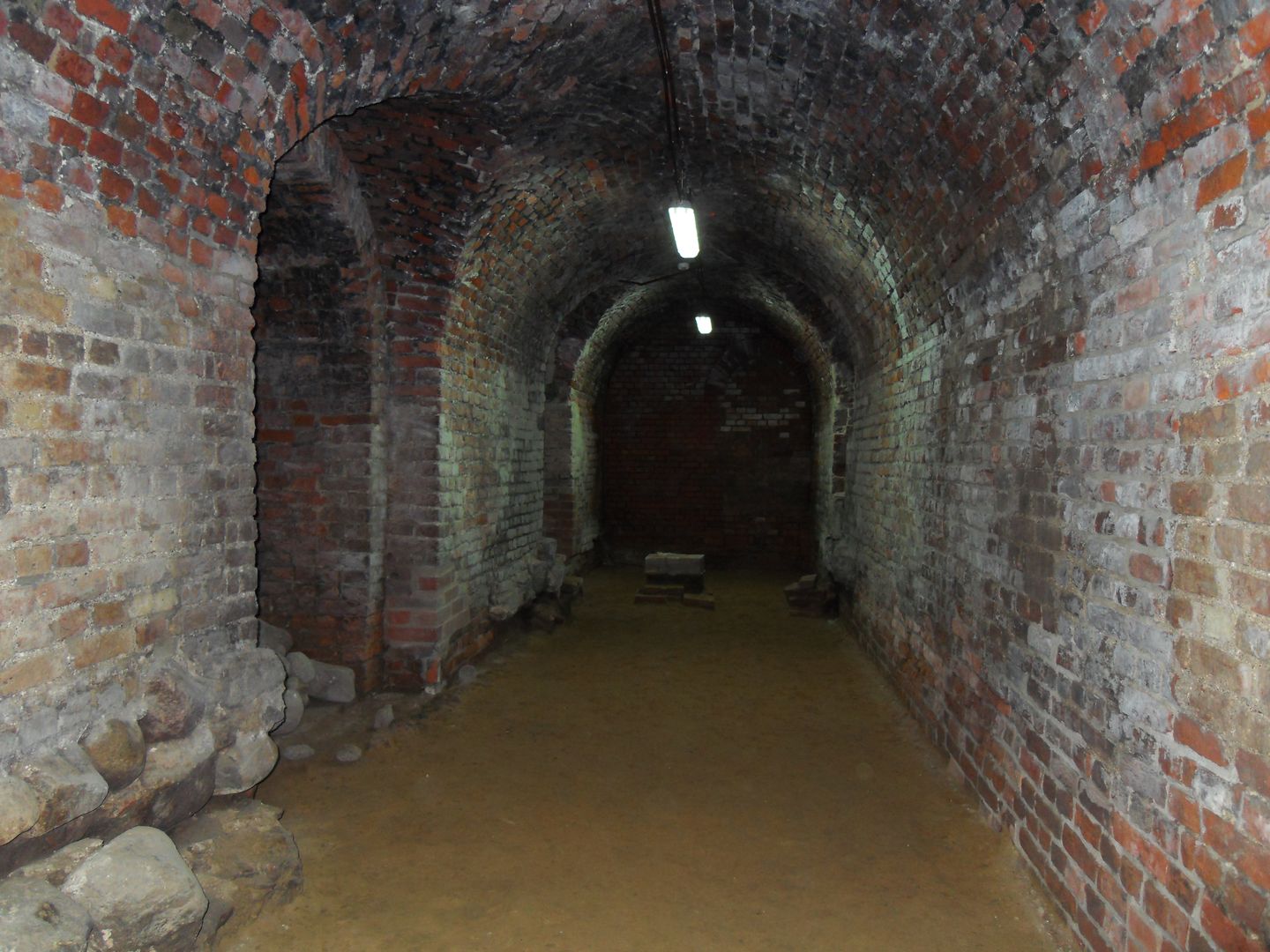Highland Gate in Gdańsk
7.19

Overview
The Highland Gate, also known as the High Gate, is a Renaissance city gate in Gdańsk, built by Willem van den Blocke and completed by 1588. For many years, it served as the main entrance to the city, forming part of the 16th-century fortifications. Its massive design draws inspiration from city gates in Antwerp and is based on Italian models. The ground floor features four doubled Tuscan pilasters flanking three semicircular arched passages, with the central one intended for wheeled traffic. The upper level is adorned with a heraldic frieze displaying the coats of arms of the Kingdom of Poland, Gdańsk, and Royal Prussia, while the entire structure is crowned with a hipped roof and sculptures of lions.
Due to 19th-century modifications, the gate underwent several reconstructions, including the removal of the inner gate in 1878 and the application of rustication to the entire facade in 1884. The gate’s history is rich; it stood unchanged for 290 years. Latin inscriptions on the gate reflect republican and social values. Although damaged in 1945, restoration efforts began in the 1950s. In 2002, the gate was transferred to the Historical Museum of the City of Gdańsk and now houses the Pomeranian Tourist Information Center.
An interesting fact is that the gate was once connected to a drawbridge over the moat, which played a key defensive role. Today, the gate’s functions blend its rich historical heritage with modern tourist needs, making it an important landmark for visitors to Gdańsk.
Location
2025 Wizytor | All Rights Reserved